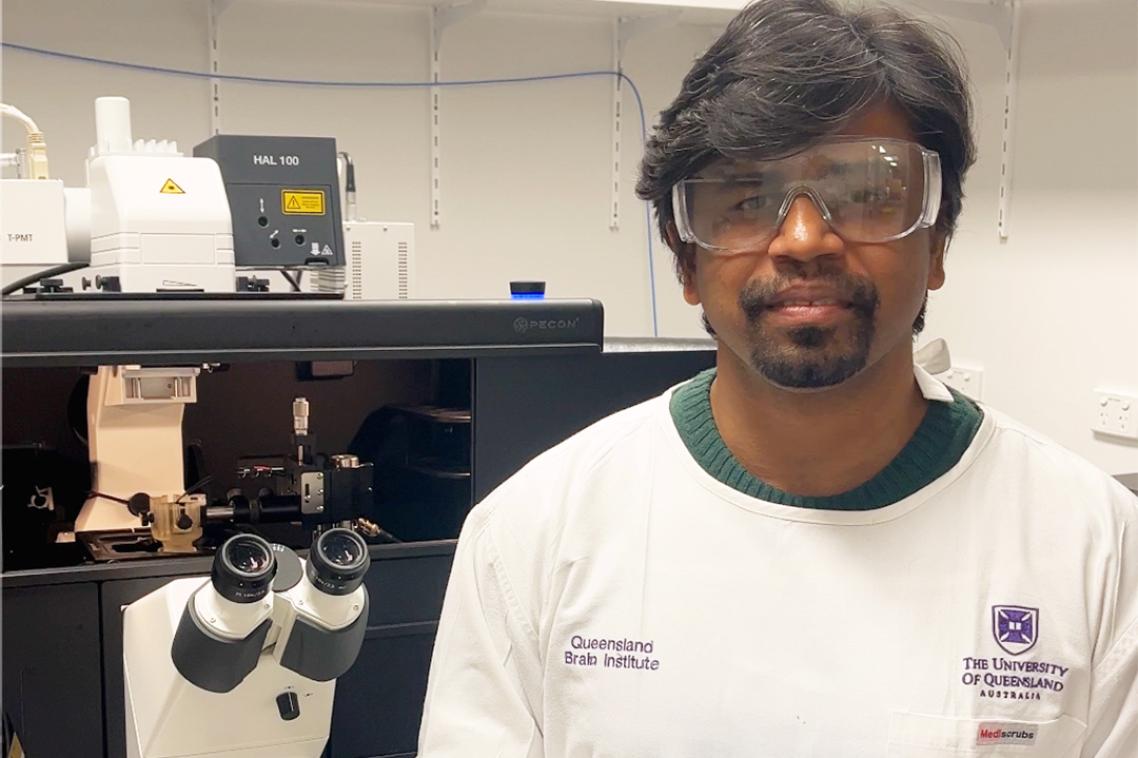Dealing with pain in the neck

Neck treatment may prove to be unnecessary and expensive for many migraine sufferers, University of Queensland research has revealed.
More than half of sufferers with migraine and neck pain were found to have good neck function in a study led by UQ School of Health and Rehabilitation Sciences PhD candidate Zhiqi Liang, indicating the problem lay elsewhere.
“Neck pain in these individuals was likely due to their migraine referring pain to the neck area,” Ms Liang said.
“This is a world-first study providing definitive evidence that neck pain in some migraine sufferers stems solely from the migraine itself, whereas others have neck pain from joints and muscles.”
Ms Liang said the findings emphasised the need for physical assessment by a skilled physiotherapist to determine if there were underlying musculoskeletal issues.
“We had several research participants who said they wasted time, money and effort on treatments such as massage and manipulation for their neck pain and migraines, as they didn’t have a clear diagnosis.”
One participant sought a year of regular neck massages, and said that while they felt good at the time, the massage sessions made no difference to the frequency of her neck pain and migraines.
“She was diagnosed with good neck function and would have given up on massages earlier if she had known this,” Ms Liang said.
“Another participant said she didn’t drive to her regular massage sessions because she would often leave with a migraine.
“The positive flipside to these experiences is that those participants who sought skilled physiotherapists for a musculoskeletal evaluation were prescribed appropriate exercises when relevant, which lessened their neck pain.”
The next step for the research is to better understand the relationship between neck dysfunction and migraines.
“Improved understanding of the mechanisms will help us direct the correct treatments to the appropriate patients,” Miss Liang said.
“This will reduce healthcare costs and disability in these patients.”
The research is published in Headache: The Journal of Head and Face Pain.
Media: Zhiqi Liang, zhiqi.liang@uqconnect.edu.au; +61 432 966 046 @ZkyZhiqi; Kirsten O’Leary, UQ Communications, k.oleary@uq.edu.au, +61 412 307594, @UQhealth
Topics
Related articles

New ultrasound imaging to map drug delivery into the brain

Staying physically active cuts risk of early death by 40 per cent
Media contact
UQ Communications
communications@uq.edu.au
+61 429 056 139
